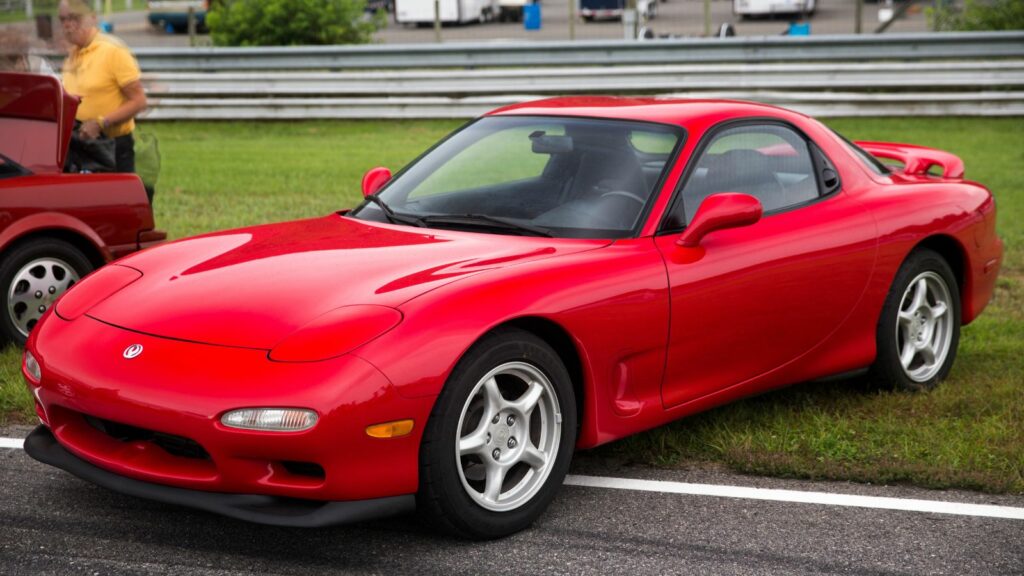Japan’s car culture has influenced the world more than any other. From the mountain passes of Gunma to the neon-lit streets of Tokyo, JDM legends have always represented more than performance. They embody precision engineering, driver passion, and a rebellious spirit that refuses to fade. These cars were built to be driven, tuned, and loved, and decades later, they still dominate meets, racetracks, and highways everywhere. These are fifteen JDM classics that continue to rule the streets and capture the hearts of enthusiasts across generations.
Nissan Skyline GT-R R32

The R32 Skyline GT-R redefined Japanese performance when it appeared in 1989. Nicknamed “Godzilla” by the Australian press, it was a beast that dominated motorsport and humiliated its rivals. Its RB26DETT twin turbo inline six delivered an official 276 horsepower, though most cars produced more in reality. With its sophisticated all-wheel-drive system and four-wheel steering, it gripped the road like nothing else from its time.
The R32 became a racing icon, winning multiple championships and cementing the GT-R name as a global powerhouse. Its combination of power, balance, and tuning potential made it a legend. Even today, tuners push these cars to astronomical power figures, yet the car’s DNA remains pure a machine built for those who truly love to drive.
Toyota Supra Mk4 (A80)
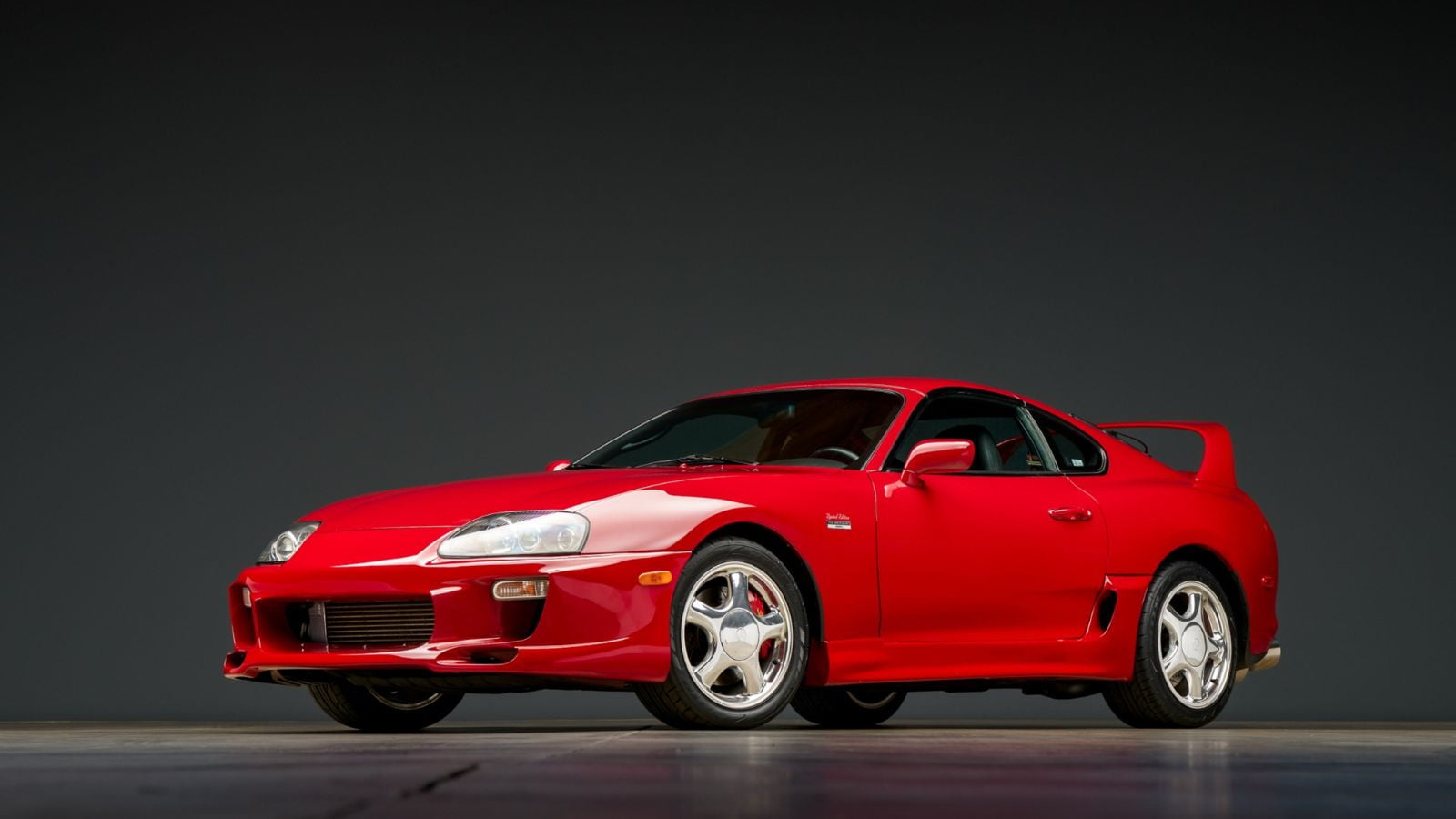
The fourth-generation Toyota Supra is the poster child of 1990s JDM culture. Beneath its muscular body sits the legendary 2JZ-GTE engine, a 3.0 liter twin turbocharged inline six capable of handling immense power with minimal modification. Tuners quickly discovered it could make over 1,000 horsepower without breaking a sweat.
The Supra became immortal after its starring role in The Fast and the Furious, but even without the Hollywood fame, it would have achieved icon status. Its perfect blend of reliability, power, and timeless design ensures it remains one of the most respected Japanese sports cars ever made. Few vehicles have managed to combine style, strength, and soul quite like the A80 Supra.
Mazda RX-7 FD3S
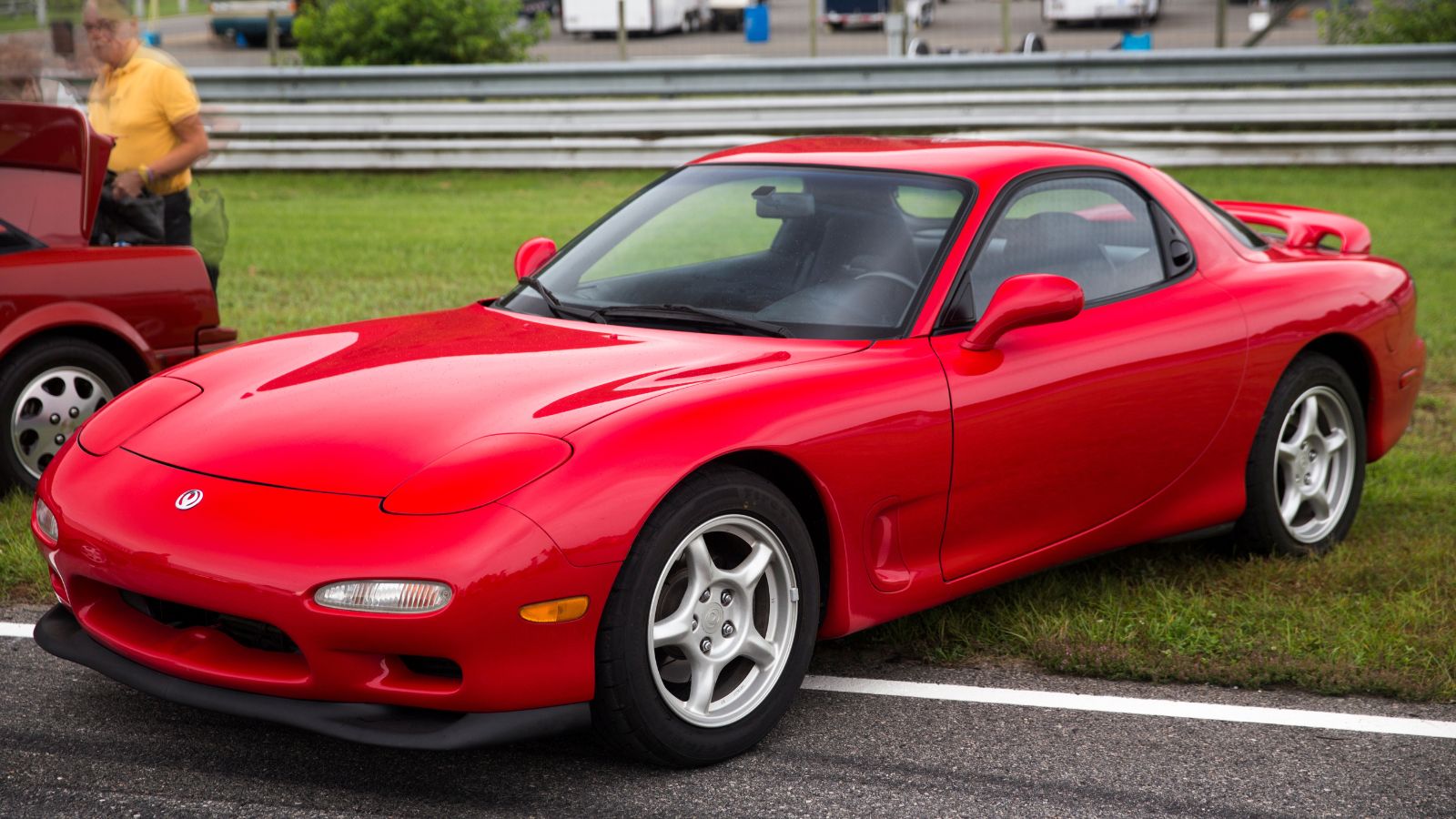
Few cars have achieved cult status like the Mazda RX-7 FD. Its twin rotor 13B engine produced one of the most distinctive sounds in automotive history, a high-pitched hum that screamed pure JDM spirit. The RX-7’s lightweight body and balanced chassis made it one of the finest handling cars of its era.
It wasn’t just about looks or speed it was about feel. The RX-7 was designed to be driven hard and to reward skill. Its flowing design, pop-up headlights, and low stance made it instantly recognizable. While maintaining an RX-7 today requires commitment, enthusiasts agree it is worth every second. It remains one of the most emotional and engaging driving experiences ever built.
Honda NSX (NA1)

The first-generation Honda NSX changed the way the world viewed Japanese performance. Released in 1990, it was Japan’s first true supercar, and it forced European manufacturers to take notice. With its mid-engine layout, lightweight aluminum body, and precision-tuned suspension, the NSX was revolutionary.
Powered by a naturally aspirated V6 with VTEC technology, it delivered both refinement and exhilaration. Its handling was fine-tuned by Formula One legend Ayrton Senna, giving it a level of feedback that few cars could match. Unlike temperamental European exotics, the NSX was practical and reliable, proving that a supercar didn’t need to be fragile. More than thirty years later, it still defines what a driver-focused car should be.
Nissan Silvia S15
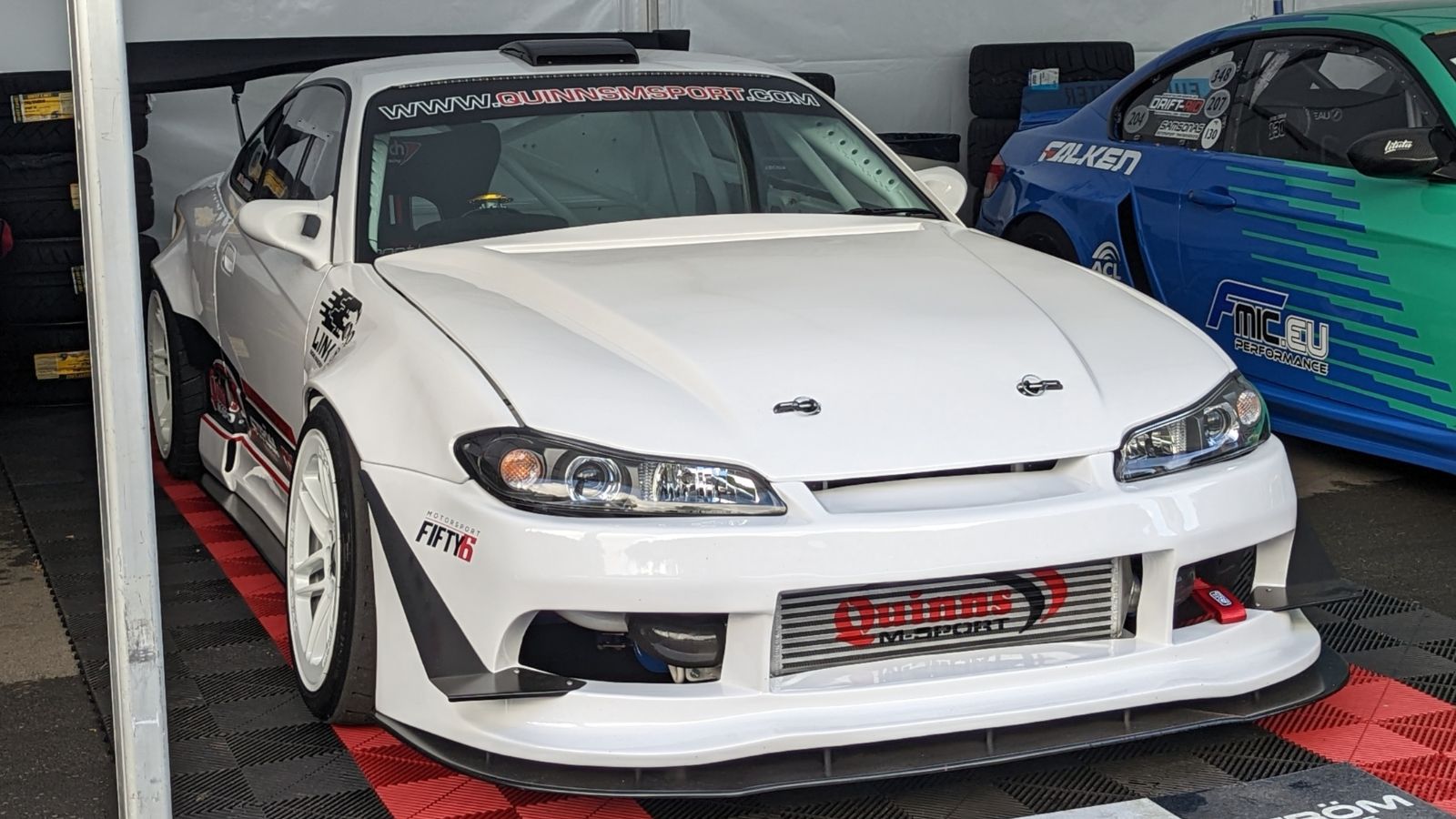
The Nissan Silvia S15 marked the pinnacle of Japan’s rear-drive sports coupes. Released in 1999, it featured the legendary SR20DET engine, producing over 250 horsepower in a lightweight, finely balanced chassis. Its precision handling and predictable power delivery made it a favorite for drifting, track days, and backroad driving alike.
The S15 also had timeless styling sleek, compact, and purposeful. It became the face of the drifting movement and a mainstay in car culture worldwide. Though production ended in the early 2000s, it remains one of the most sought-after Nissans ever built, loved for its mechanical purity and endless tuning potential.
Toyota AE86 Trueno

The Toyota AE86 Trueno is small, simple, and legendary. Launched in the mid-1980s, it was lightweight, rear-driven, and powered by a high-revving 1.6 liter engine. While its numbers weren’t groundbreaking, its handling and balance were exceptional.
The AE86 found fame through Japan’s mountain drifting scene and gained global recognition as the hero car in the anime Initial D. Its ability to dance through corners and its pure mechanical simplicity made it an icon. The Hachiroku, as it’s affectionately known, became a symbol of driver connection proof that power means nothing without control.
Mitsubishi Lancer Evolution VI

The Lancer Evolution VI is one of the fiercest rally-bred cars ever built. Mitsubishi created the Evo series to conquer the World Rally Championship, and the sixth generation was a masterpiece of turbocharged aggression. Its 2.0 liter engine, combined with an advanced all-wheel-drive system, made it devastatingly quick on any surface.
On the street, it felt like a rally car in disguise sharp steering, precise handling, and a turbo surge that came alive at every throttle input. The Evo VI’s raw, mechanical feel is something modern performance cars rarely offer. It remains one of the most exciting all-weather performance cars ever produced, equally comfortable sliding through corners or blasting down a straight.
Subaru Impreza WRX STI (GC8)

The Subaru Impreza WRX STI GC8 was born from the same world as the Evo, and their rivalry became legendary. With its turbocharged boxer engine and symmetrical all-wheel drive, it offered relentless traction and a unique character. The car’s distinct rumbling exhaust note became the sound of 1990s performance.
The GC8 was tough, capable, and versatile. It could dominate on a gravel rally stage or carve through a city at night with equal ease. Its blend of everyday usability and explosive performance made it one of the most beloved JDM icons. Even now, clean examples are prized among enthusiasts who remember its rallying roots.
Nissan 300ZX (Z32)

The Nissan 300ZX represented a turning point for Nissan’s Z lineage. Introduced in 1989, it was a technological marvel that balanced performance and refinement. Its twin-turbo 3.0 liter V6 engine produced 300 horsepower, and its chassis was tuned to deliver precision handling and comfort.
Inside, it was ahead of its time, with digital instruments and a cockpit-like driving position. The 300ZX managed to blend Japanese reliability with European sophistication, creating a car that still feels special today. Whether you love it for its design, engineering, or tunability, the Z32 remains one of Nissan’s greatest achievements.
Mazda MX-5 Miata (NA)

The first-generation Mazda MX-5 Miata revived the idea of the lightweight roadster in 1989. It wasn’t about power it was about connection. With its front engine, rear drive setup, perfect 50/50 weight balance, and responsive manual gearbox, it offered pure driving joy.
It quickly became a global phenomenon because it was accessible, reliable, and unbelievably fun to drive. The Miata proved that simplicity is the ultimate sophistication. Even today, its charm, affordability, and community-driven culture keep it one of the most loved sports cars in the world.
Honda Civic Type R (EK9)
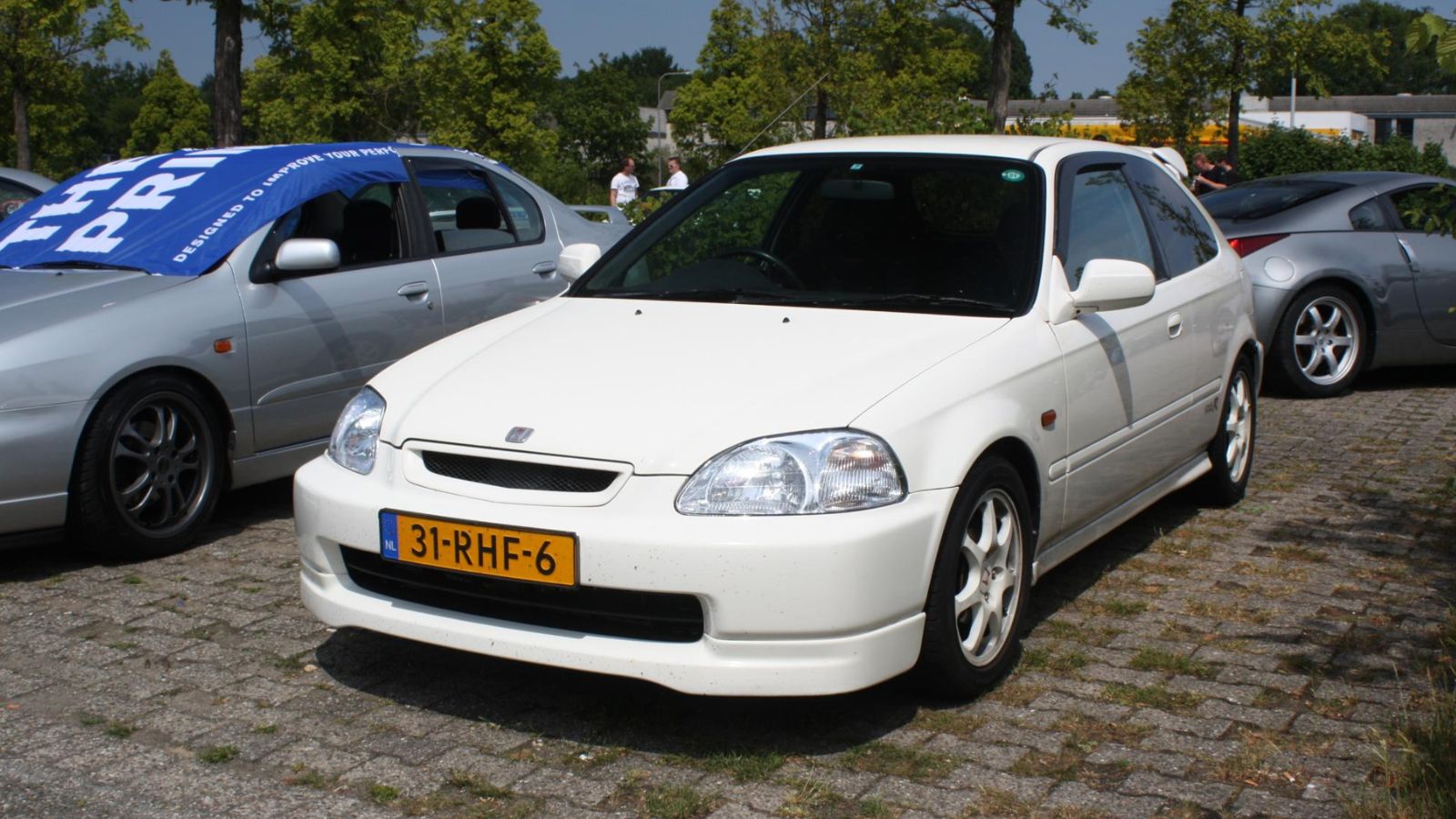
The EK9 Civic Type R was a milestone in front-wheel-drive engineering. Introduced in 1997, it featured a 1.6 liter VTEC engine that screamed to nearly 9,000 rpm. It was light, responsive, and built with precision, every component designed for maximum performance.
Honda engineered the EK9 to deliver the most thrilling experience possible without overwhelming the driver. It was a car that rewarded skill and control. For many enthusiasts, it remains the purest expression of what a Civic should be simple, fast, and absolutely addictive to drive.
Toyota MR2 (SW20)
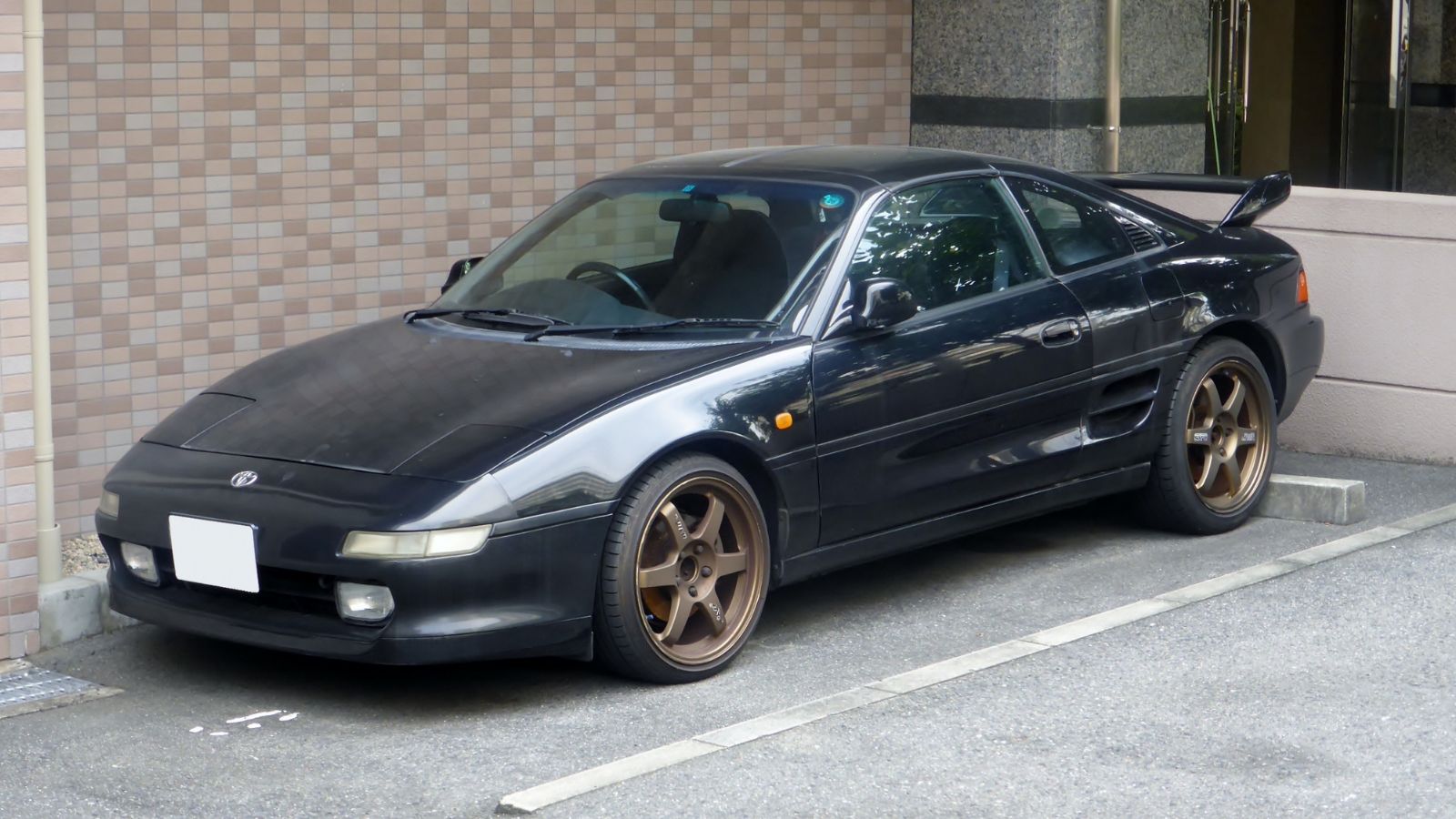
The Toyota MR2 SW20 was a true mid-engine sports car for the masses. Affordable, sharp, and quick, it offered handling dynamics that rivaled far more expensive European rivals. The turbocharged model produced over 200 horsepower, giving it performance to match its exotic looks.
The MR2 demanded respect its layout made it beautifully balanced, but also unforgiving if driven carelessly. When mastered, though, it delivered one of the most rewarding experiences of any car from its era. Its timeless wedge design and strong aftermarket support ensure that it continues to thrive among JDM enthusiasts today.
Nissan Fairlady Z (S30)
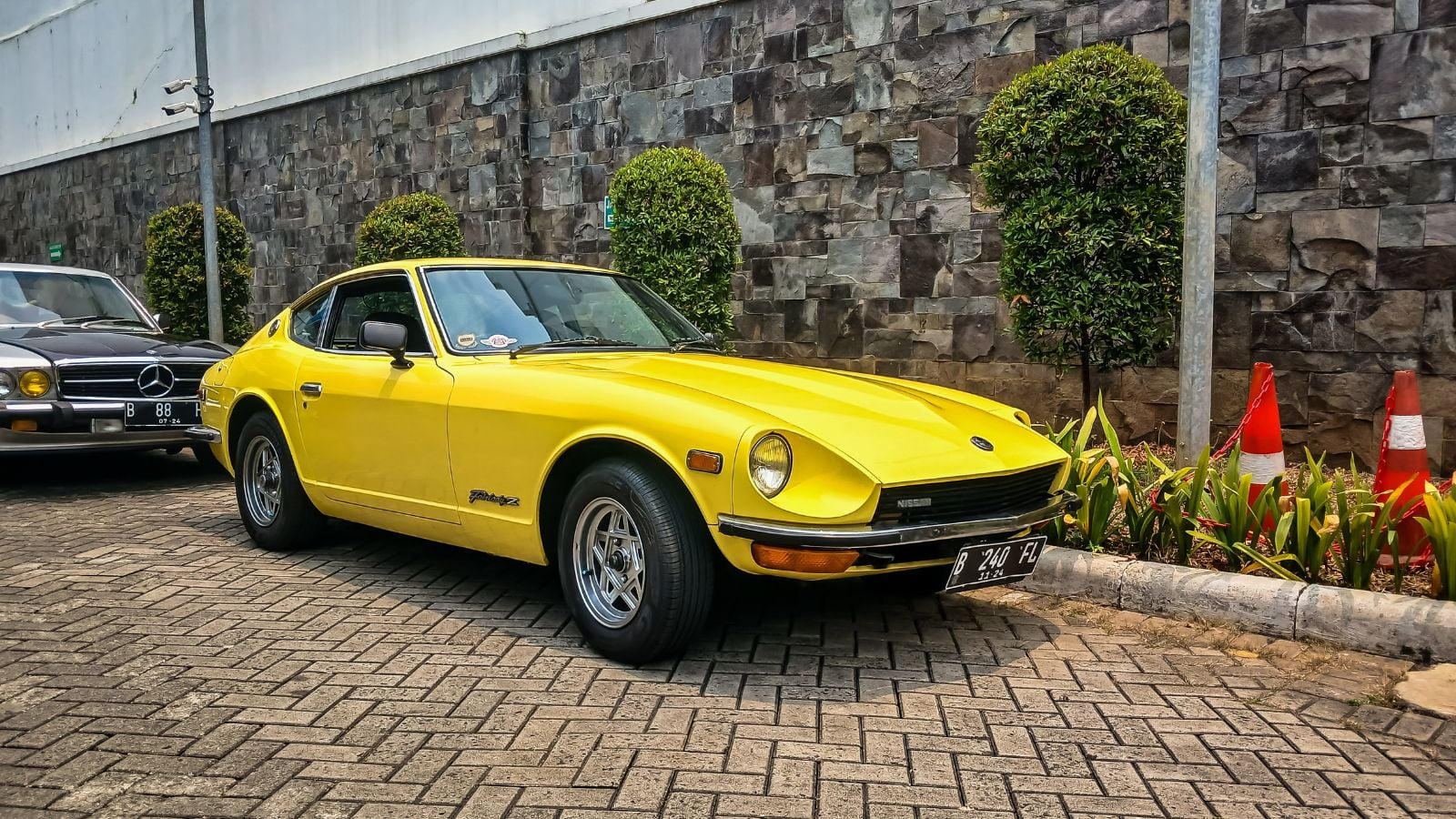
The original Fairlady Z, known internationally as the Datsun 240Z, set the stage for Japan’s rise in the sports car world. Released in 1969, it brought performance and elegance to the masses at a price far below its European competition. Its smooth inline six, light chassis, and beautiful proportions made it an instant success.
The 240Z became a symbol of Japanese craftsmanship and passion. It remains one of the most desirable classic cars in the world, with collectors and racers alike preserving its legacy. Even after half a century, it still turns heads and delivers an authentic driving experience.
Mazda RX-3
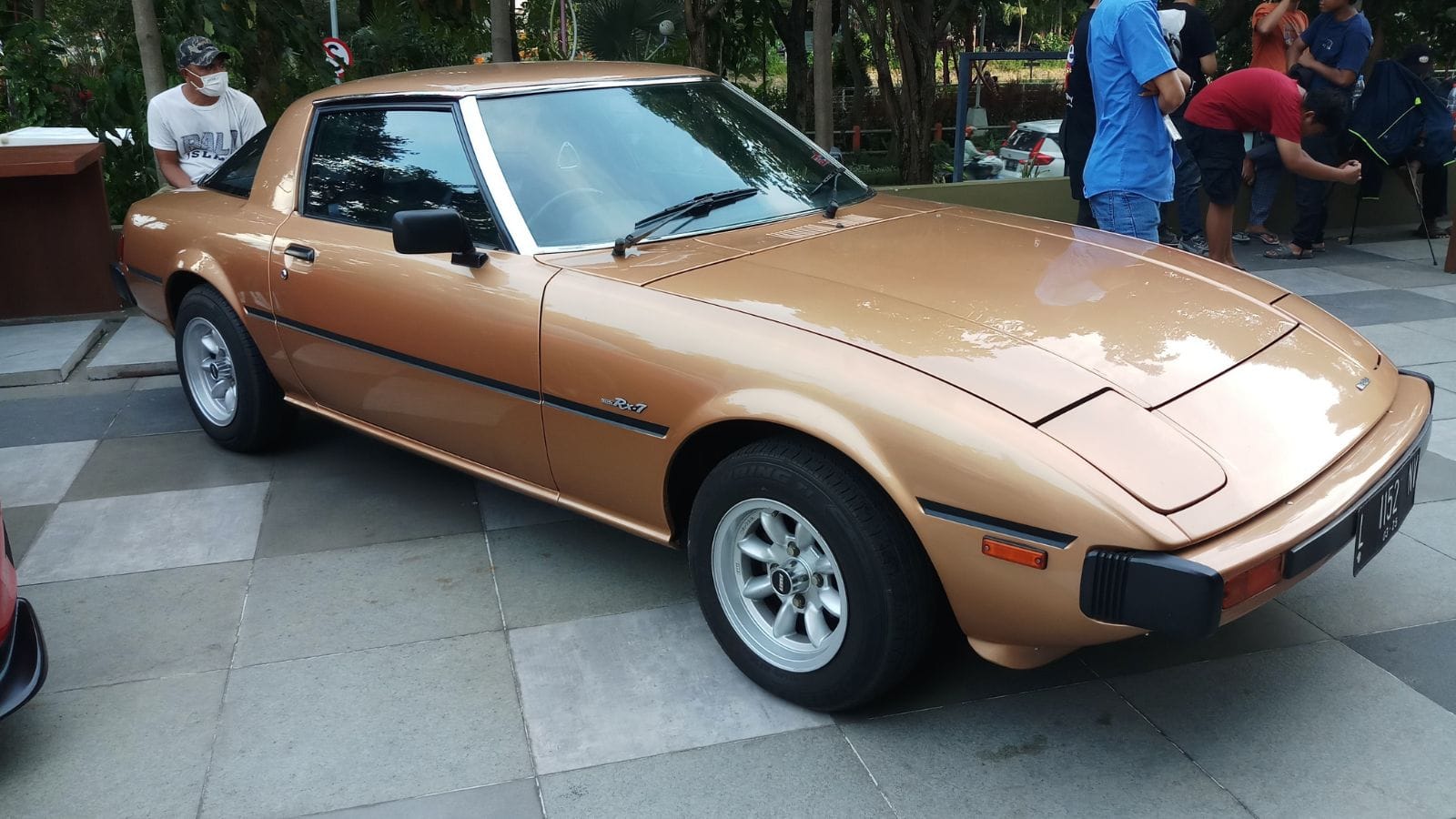
Before the RX-7, the Mazda RX-3 showed the world the potential of rotary power. Small, light, and quick, it made a name for itself on both the track and the street. Its rotary engine produced an unforgettable sound that set it apart from everything else on the road.
The RX-3 became a hero of Japan’s racing scene in the 1970s and laid the foundation for Mazda’s future rotary success. Today, it’s a rare and cherished piece of JDM history, often seen tearing through mountain passes or restored to concours perfection.
Honda S2000
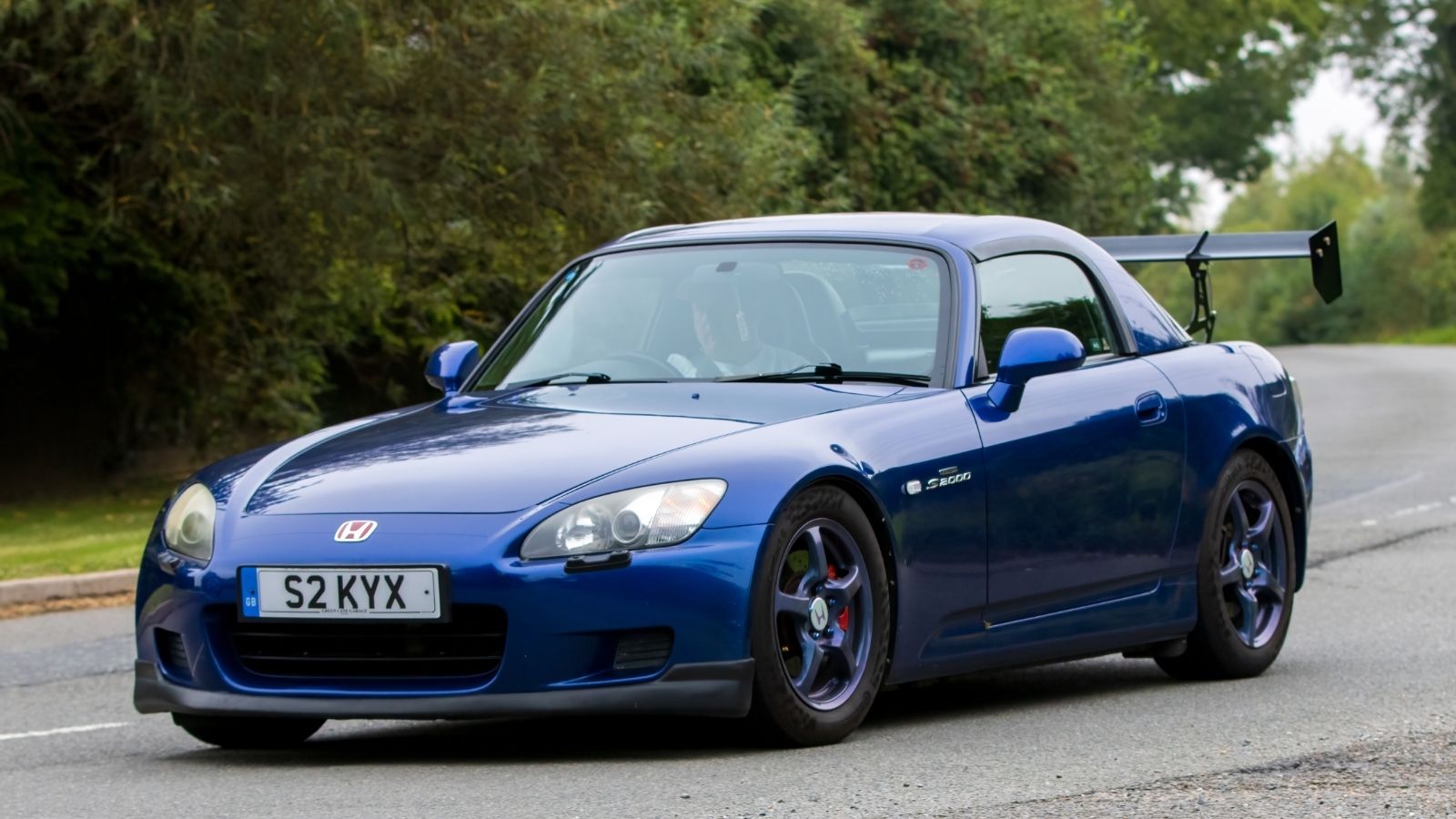
When Honda launched the S2000 in 1999, it instantly became a modern classic. Its F20C engine was a technical masterpiece, producing 240 horsepower from just two liters and revving to a stratospheric 9,000 rpm. It was a purist’s dream lightweight, perfectly balanced, and built for precision driving.
The S2000’s handling was razor sharp, and its road feel was pure magic. Every gear change, every corner, and every high-rev scream felt alive. Even today, it stands as one of the most exhilarating roadsters ever made. For many enthusiasts, it represents the last true analog sports car from Japan’s golden era.
The Legend Lives Forever
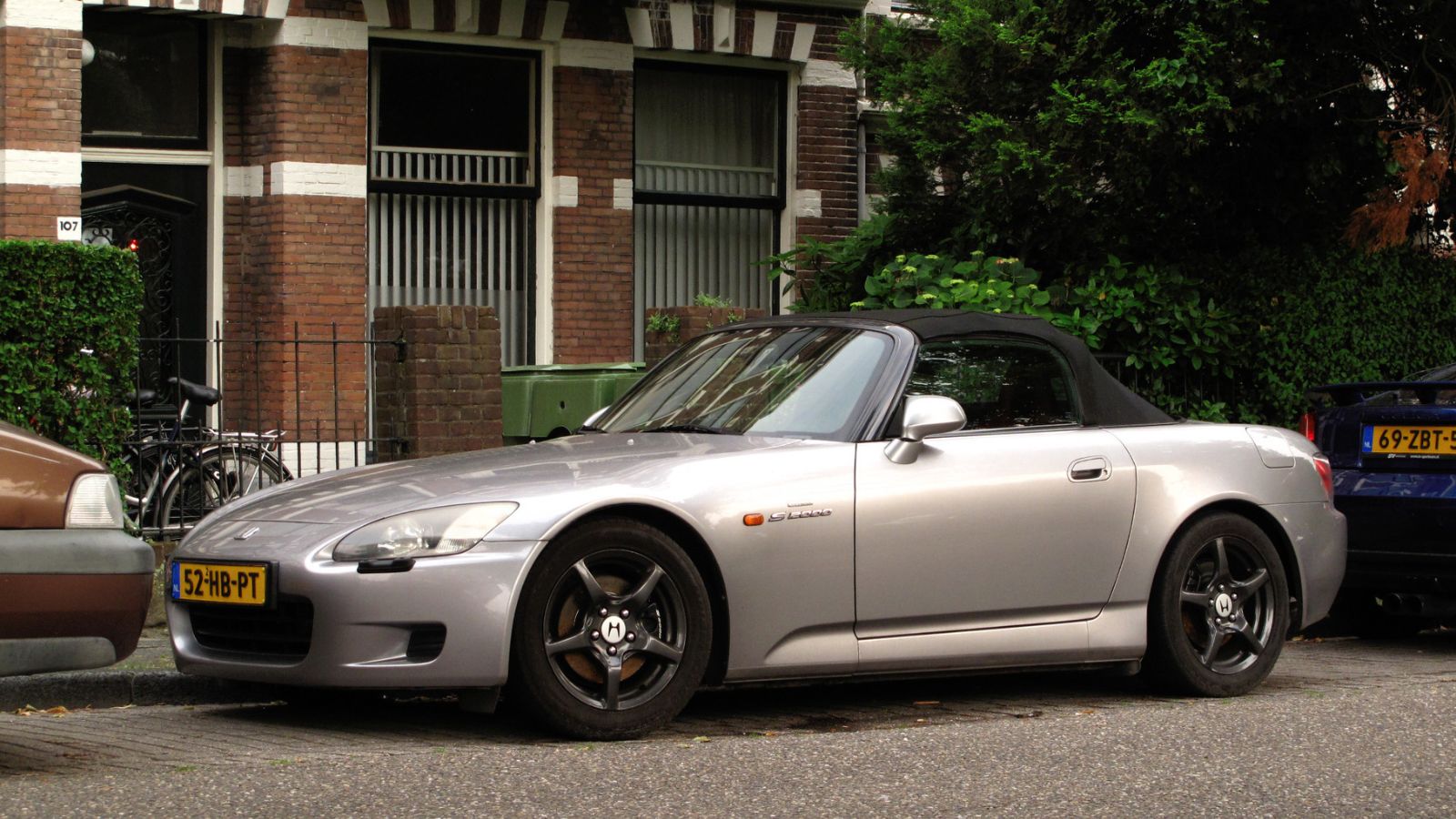
These fifteen cars are more than metal and machinery. They represent innovation, passion, and a culture that values connection between driver and machine. Japan’s automotive golden age created icons that still inspire new generations, not through luxury or automation, but through raw, human-centered engineering.
From the roar of a Supra’s turbo to the precision of an Integra or the wail of a rotary RX-7, these cars remind us that driving can still be about emotion and control. The streets may have changed, but the legends of JDM never fade. They continue to rule not because they are perfect, but because they were built for people who truly love the drive.
25 Facts About Car Loans That Most Drivers Don’t Realize

Car loans are one of the most common ways people fund car purchases. Like any other kind of loan, car loans can have certain features that can be regarded as an advantage or a disadvantage to the borrower. Understanding all essential facts about car loans and how they work to ensure that you get the best deal for your financial situation is essential. Here are 25 shocking facts about car loans that most drivers don’t realize:
25 Facts About Car Loans That Most Drivers Don’t Realize
